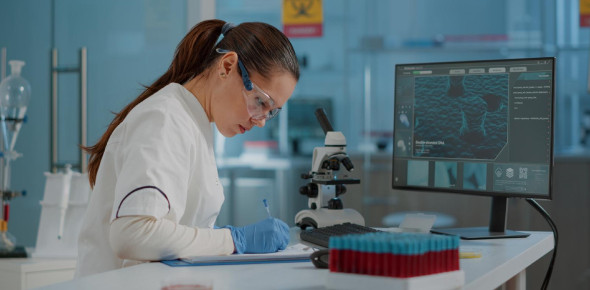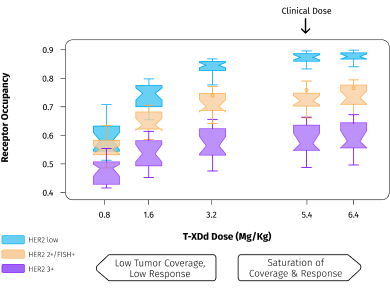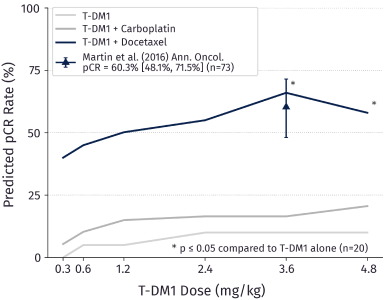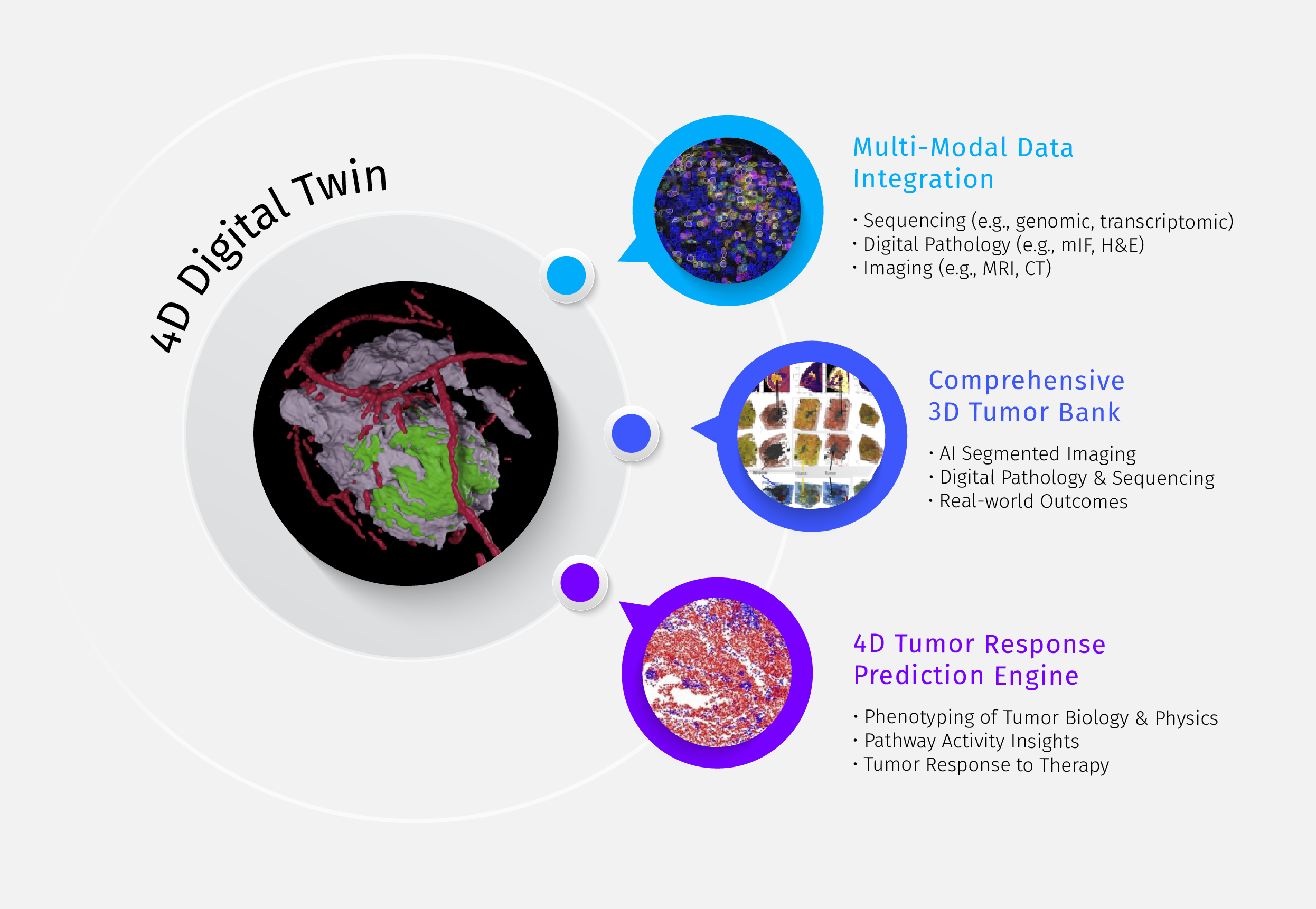PhenoScope leverages the SimBioSys’s 4D Digital Twin Platform to generate novel insights for discovery and clinical development.
*This device is not FDA cleared or approved

Multi-scale data alignment (e.g. multi-omics, digital pathology, imaging) to uncover novel insights otherwise not apparent at single scales.
A vast collection of 3D tumor models including AI segmented imaging, digital pathology, sequencing, and real-world outcomes data.
Performs deep phenotyping of tumor biology & physics to develop pathway activity insights and project tumor response to therapy over time, the 4th dimension.

Identify novel spatial biophysical biomarkers for new or failed drug candidates
Identify optimal therapeutic dose or ranges to utilize prior to clinical trials virtually
Conduct virtual trials to identify ideal drug combinations to pursue development further
Determine new cancers that may be sensitive to drug candidates for other cancers, virtually
Immuno-oncology (IO) therapies have emerged as promising treatments for early-stage breast cancer, however, the number of patients that benefit from it remains small given the financial cost of IO and the potential for irreversible, immune-related toxicities.
Our novel approach with PhenoScope correctly identified IO-responder patients in an independent cohort of IO-treated patients with 88% accuracy vs 69% for PDL-1. This biomarker was later used to define a score associated with a patient’s likelihood of responding to IO.
Source: Frontiers, Cook D, et al, 2023

Identifying a first in human dose for a novel drug remains a challenge. Too low of a starting dose subjects patients to low efficacy. Too high of a starting dose could result in significant toxicity.
With PhenoScope, researchers are able to project pre-clinical data onto real-world patients to understand spatial distribution of drugs, which can then be used to plan first in human clinical trial dosing on an indication-by-indication or even patient-by-patient basis.
Source: ACoP13, Hobbs N, et al, 2022

Once a candidate drug is identified, PhenoScope can be used to test
combinations of drugs to understand which ones optimize efficacy, and how the combination will fair in trial against monotherapy alone.
This PhenoScope dose combination study showed that taxane plus T-DM1 is more effective than carboplatin. This was similarly seen in a clinical trial by Martin et al. An estimated sample size of n={20} was sufficient to show statistical significance over monotherapy alone.
Source: ACoP13, Hobbs N, et al, 2022

PhenoScope effortlessly combines diverse cancer data across different scales while harnessing the power of AI, data science, and spatial biophysics. PhenoScope constructs three-dimensional tumor models and conducts AI-driven evaluations at both tissue and cell levels within the local tumor microenvironment. The tissue-level assessment pinpoints areas of the tumor, necrosis, lymphocytic invasion, stroma, and fat. Additionally, the cell-level assessment identifies connective, neoplastic, mitotic, and inflammatory cells. Subsequent analysis using spatial biophysics unveils distinct biological behaviors, encompassing growth rates, the organization of metabolic pathways, cellular signaling, and local nutrient concentrations.
